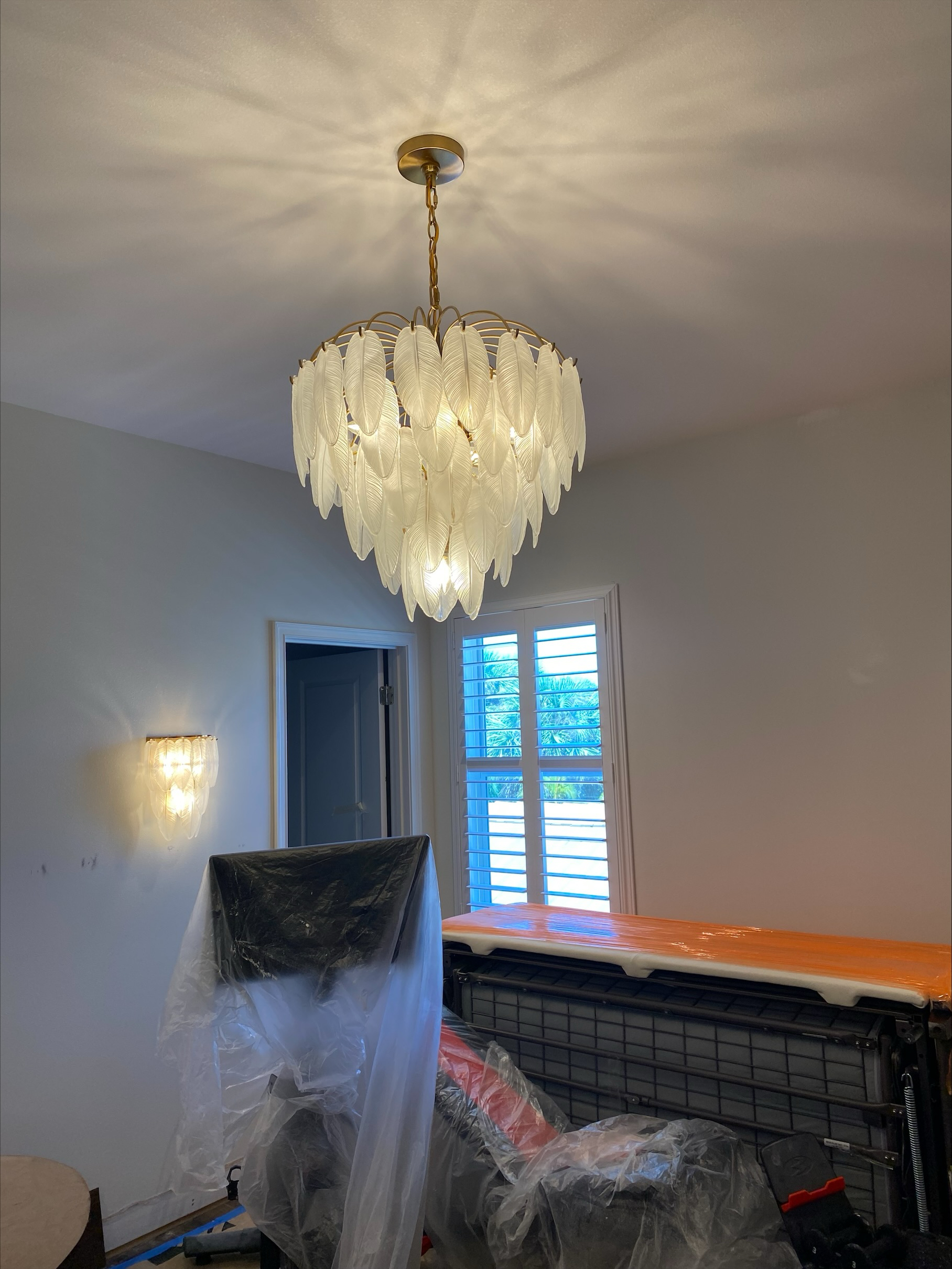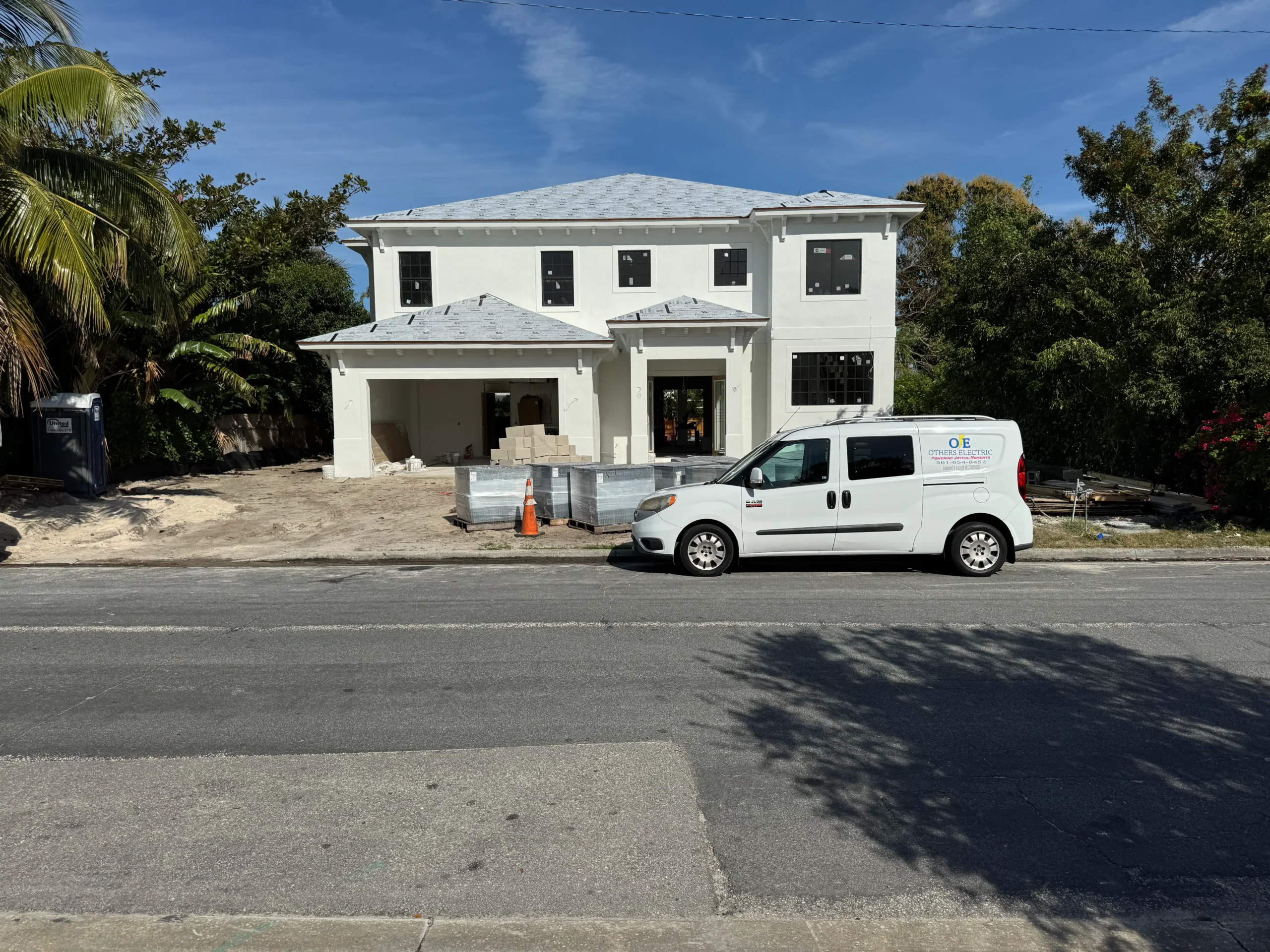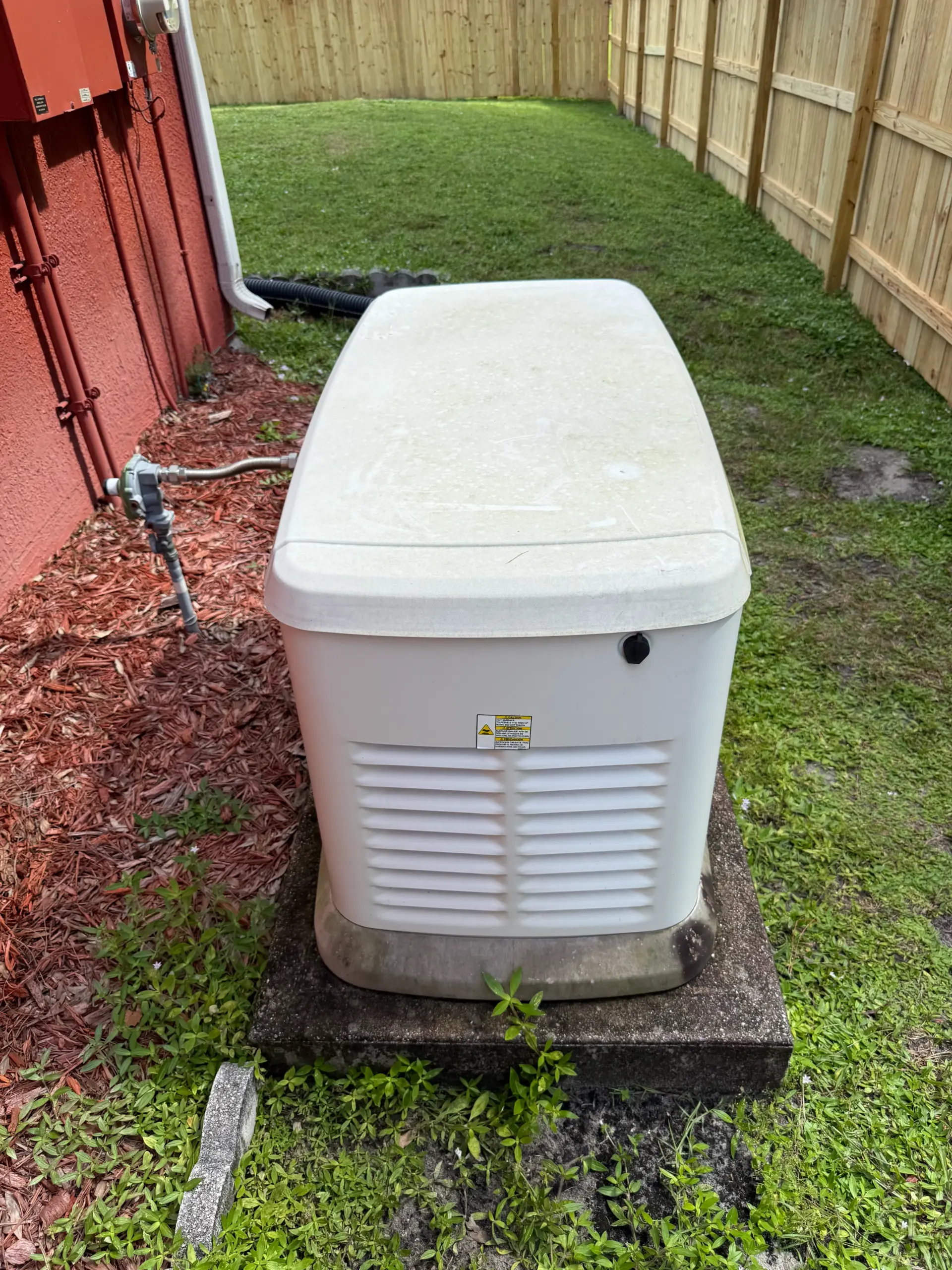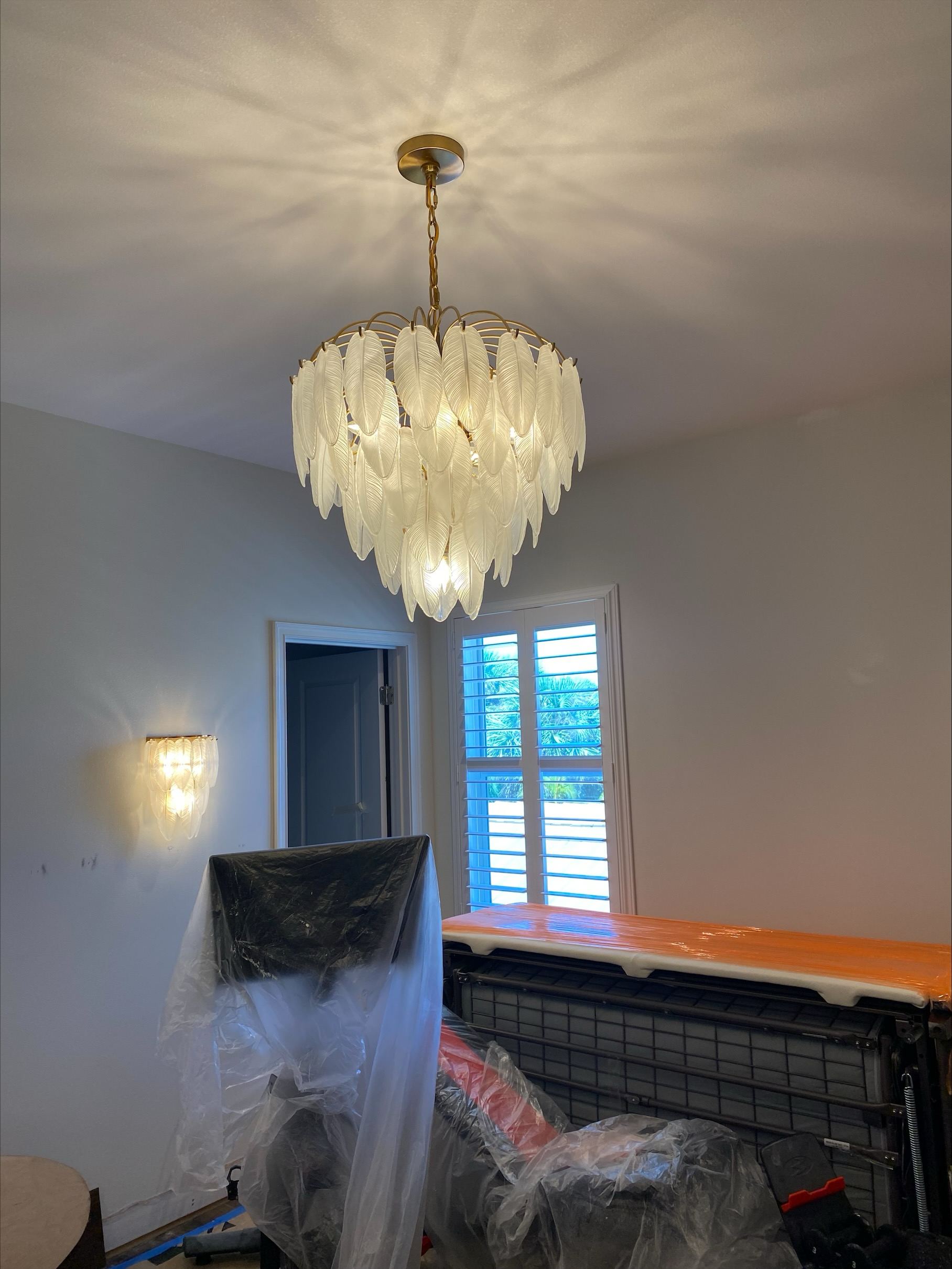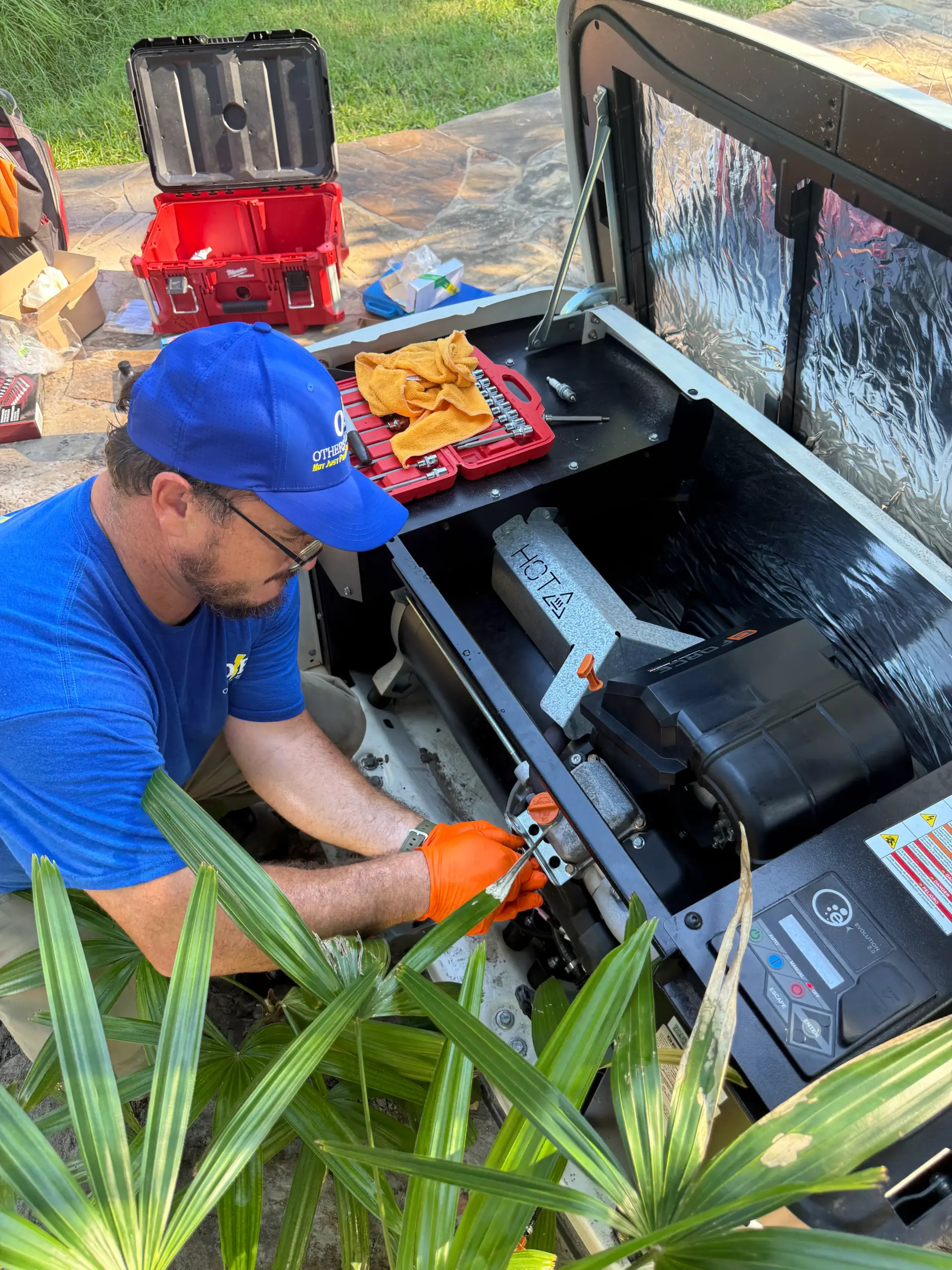In a state like Florida—where lightning storms, hurricanes, and power surges are common—homeowners often ask, how does a surge protector work? Surge protectors are an essential component of electrical safety, guarding your appliances, electronics, and even your home’s wiring against sudden voltage spikes. Whether you’re plugging in a desktop computer or installing a whole-house system, understanding the mechanics of surge protection is key to protecting your property and preventing costly damage.
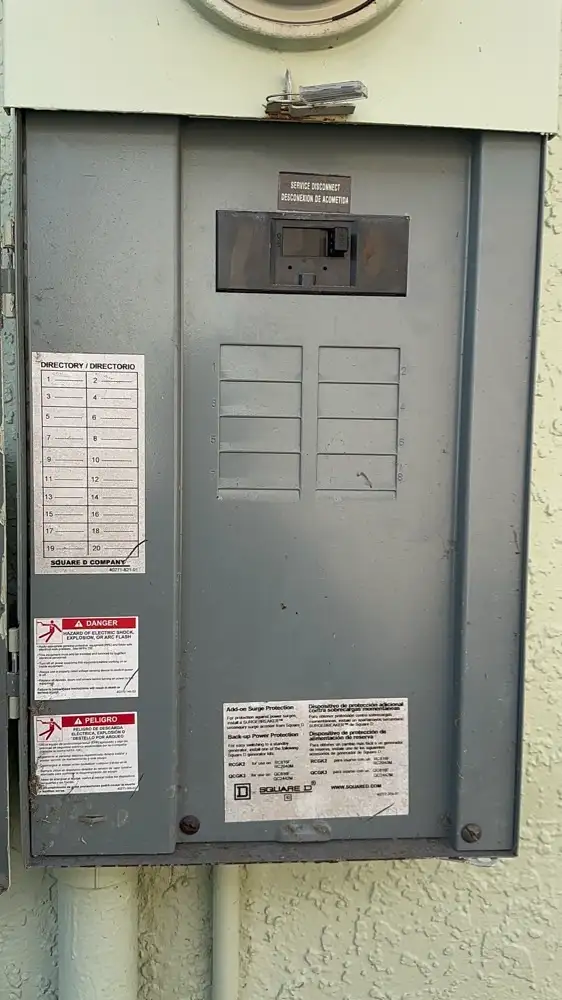
What Is a Power Surge?
Before diving into how a surge protector works, it’s important to understand what a surge is. A power surge is a sudden, short-lived spike in electrical voltage. In the U.S., standard household current is delivered at 120 volts. If the voltage rises above this threshold—sometimes spiking to hundreds or even thousands of volts—it can fry sensitive circuits inside electronics and appliances.
Power surges can result from external factors like lightning strikes or grid switching, or from internal causes such as large appliances cycling on and off. Florida is particularly vulnerable to surges due to its high frequency of storms and seasonal power disruptions.
The Core Function of a Surge Protector
So, how does a surge protector work? In basic terms, a surge protector monitors the flow of electricity through a circuit. When it detects a voltage spike above the safe threshold (usually around 120–130 volts), it diverts the excess voltage away from your devices and into the ground wire.
This redirection protects the devices connected to the circuit by preventing them from absorbing the damaging surge. Once the voltage returns to normal, the surge protector resumes normal operation without interrupting power flow.
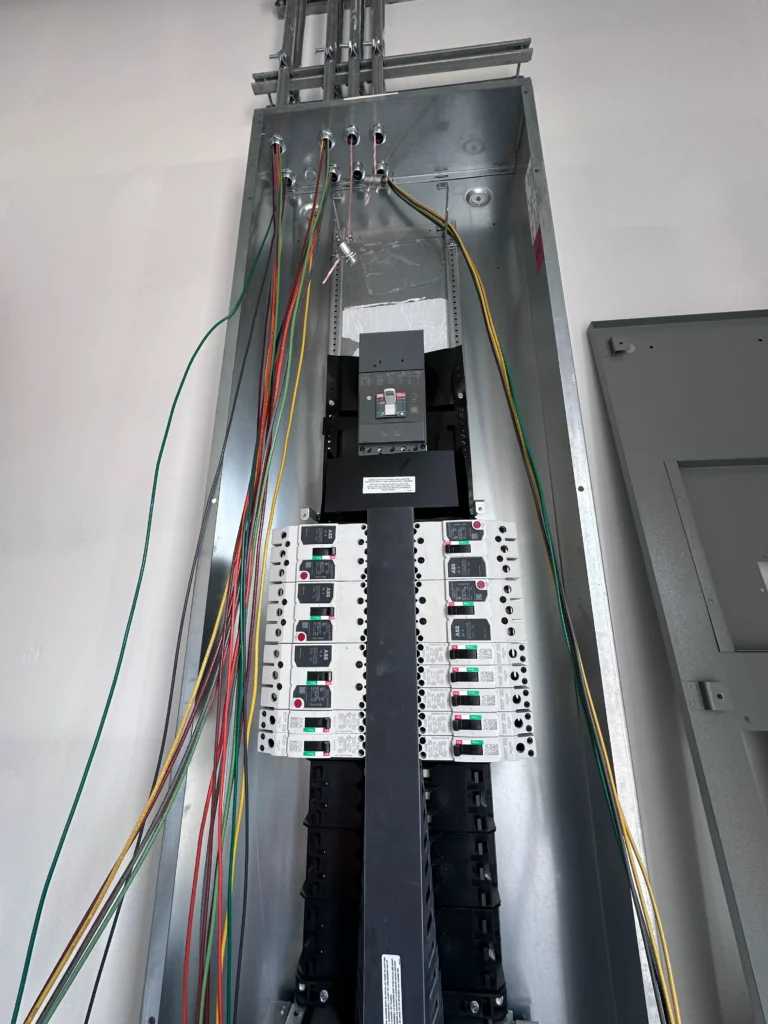
Types of Surge Protectors
Understanding how a surge protector works also involves recognizing the different types available:
- Plug-in Surge Protectors: These are the power strips commonly used for computers, TVs, and home office setups. They include metal oxide varistors (MOVs) that absorb and redirect excess energy.
- Whole-House Surge Protectors: Installed at your main electrical panel, these offer broader protection by defending your entire home’s electrical system from incoming surges. These are especially important in areas like Florida where external surges are frequent.
Whole-home systems may include layered protection, with devices also installed at major appliances or subpanels.
The National Electrical Manufacturers Association (NEMA) outlines standards for these devices, ensuring they meet safety and performance benchmarks.
Joule Ratings and Clamping Voltage
If you’re shopping for surge protection, you might see terms like joule rating or clamping voltage. These specs help explain how a surge protector works in more detail:
- Joule Rating measures how much energy the surge protector can absorb before it fails. Higher is generally better.
- Clamping Voltage is the voltage level at which the protector activates. Lower clamping voltages mean more sensitive protection.
Understanding these ratings helps you choose the right device for your needs—higher joule ratings for expensive electronics, and lower clamping voltages for more responsive defense.
What Surge Protectors Don’t Do
It’s equally important to understand the limitations when asking, how does a surge protector work. Surge protectors are not designed to regulate ongoing voltage levels or prevent brownouts. They also won’t provide power during an outage—unlike an uninterruptible power supply (UPS).
Additionally, older surge protectors can degrade over time, especially after repeated small surges. If your surge protector lacks an indicator light or reset feature, you may not know it’s no longer functioning properly.
Installation and Maintenance
Whole-house surge protectors should be installed by a licensed electrician. These devices must be correctly grounded to ensure safe diversion of excess energy. Plug-in devices, while easy to install, should still be replaced periodically.
At Others Electric, we help homeowners across Florida choose and install the right surge protection for their property—whether it’s for a sensitive home office or a whole-home solution.
Why Surge Protection Is Essential in Florida
Florida ranks among the top states in the U.S. for lightning strikes and weather-related power disruptions. That makes surge protection not just a luxury, but a necessity.
Every year, homeowners face thousands of dollars in damages from unprotected electronics, HVAC systems, and even well pumps. Having surge protection in place can prevent these losses and may even be required by some insurance policies.
The Insurance Institute for Business & Home Safety (IBHS) recommends surge protection as a foundational component of a resilient home.
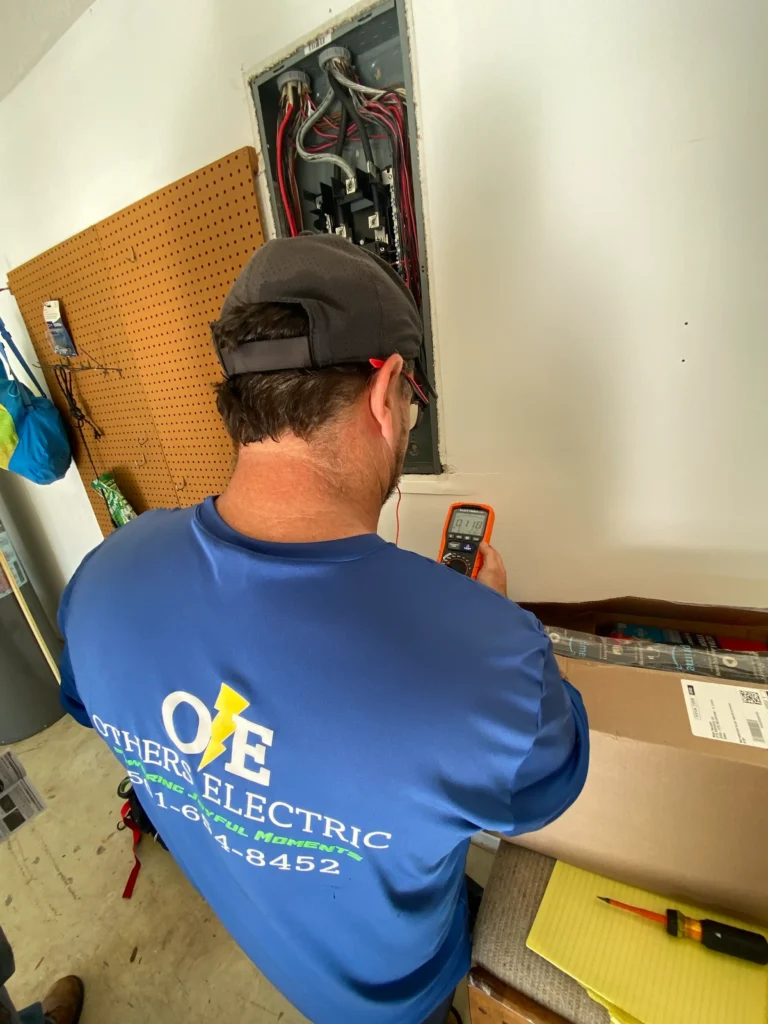
Conclusion
So, how does a surge protector work? It defends your home’s electronics and wiring by diverting excess voltage away from your devices during a power surge. Whether you’re using a plug-in model or a whole-house system, surge protection is essential to maintaining the safety and functionality of your home.
In Florida’s high-risk environment, surge protection isn’t optional—it’s a smart investment. For expert installation and system assessments, contact Others Electric. You can also learn more through resources from NEMA and IBHS to ensure your home is fully protected.


